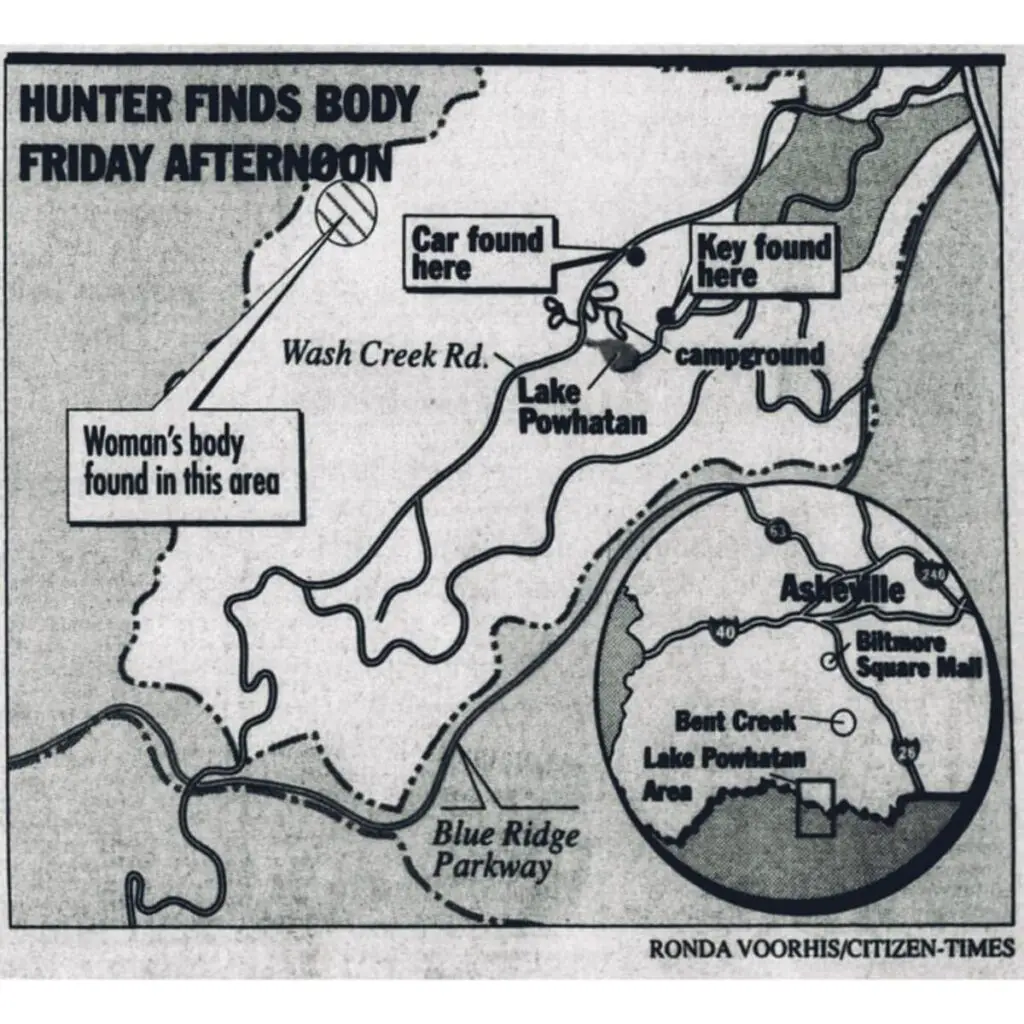What makes The Marshall Project’s reporting so special? It’s guided by a set of principles about how to report on the criminal justice system and the people ensnared in it. From the art we use to illustrate our stories to the words we use to write them — every detail is considered to ensure the accuracy, fairness, and impact of our reporting. Below is a list of resources to help power your work.
Language and Style Guidance
The Marshall Project published its first-ever public style guidance, dubbed “The Language Project,” in 2021. We explain why using people-first language is important to our journalistic mission. “At its heart, journalism is a discipline of clarity,” the project editor, Akiba Solomon, wrote. “The Language Project is our attempt to set the record straight.”
The Marshall Project: The Importance of People First Language
The Marshall Project: What Words to Use — and Avoid — When Covering People and Incarceration
The AP also recently updated their industry-wide guidance on crime coverage based on input from The Marshall Project. The chapter includes more than 50 entries that cover a range of topics — from how to accurately describe police violence to how to refer to people behind bars.
Associated Press: The AP Stylebook Entry on Crime
Kelly McBride at Poynter helps to put the AP’s updated standards in context. For years, journalists have relied too heavily on unchecked police narratives, driving crime coverage that played into political narratives about public safety.
“In fact,” she wrote. “One study documents that as crime fell 34% between 1991 and 2000, stories in the press about homicides rose 700%.”
Poynter: A Glimpse Into the Future: AP Stylebook’s New Chapter on Crime
A few years ago, the AP decided to stop covering one-off crime stories. These stories live forever on the internet. “AP’s broad distribution network can make it difficult for the suspects named in such items to later gain employment or just move on in their lives,” the outlet noted.
Associated Press: Why We’re No Longer Naming Suspects in Minor Crime Coverage
Many local outlets have tried to avoid one-off crime stories, too. Some have established guidelines to help them make decisions about when to cover crime in their communities. This shift in coverage is critical to overcoming the enduring public perception that crime is rampant. And it protects high-crime communities from stigmatizing coverage that can erode trust in the media.
Poynter: Local Newsrooms Want to Stop Sensationalizing Crime
Thinking of updating your crime coverage policy? Check out example policies from KPBS in San Diego and WCPO in Cincinnati.
Working With Justice-Affected Sources
Hearing from people behind bars is an essential part of the reporting process. The goal of these interviews is often the same as any other source: to identify important facts and narratives that help build our story. But there are many more considerations to make when interviewing people who have had contact with the criminal justice system. Below, we outline a few key concepts.
Prison Media Policies. Every state sets its own policy for if and when incarcerated people can speak to the media. Some states require people in their custody to get official permission in order to speak to the press. Often, prisons cite “safety and security” as a reason to deny interviews. To understand the rules in your state, check out:
The Prison Journalism Project: State-by-State Breakdown of the Current Policies.
Informed Consent. Journalists have a duty to protect incarcerated people and other vulnerable sources (crime victims, minors, etc.) and make them aware of the risks of being identified in news media. People behind bars can face retaliation for giving information to the press, including being placed in solitary confinement. So when reaching out to these sources, reporters and editors should assess the risk and communicate it to the sources ahead of the interview. Informed consent should include the following information:
- The published story will live forever on your website and your partners’ sites.
- The story may come up as a top search result when their name is Googled, etc.
- That we rarely, if ever, take stories down or remove names once a story is published.
- That they will not be able to read or edit their quotes prior to publication.
- Explain the terms of the interview, including your goals, angle, and how their story will be used. If you are interviewing someone convicted of a violent crime, and plan on interviewing the victim or the victim’s family, you should disclose that fact.
- Ask if they are willing to be fully named. If not, we don’t recommend using pseudonyms; rather, we suggest using initials for someone who is confirmed at risk — or simply not including the source and seeking out someone willing to go on the record.
The goal of an informed consent process is to make sure our sources can confidently say yes to sharing their stories. In many ways, informed consent makes the reporting process easier, as sources are less likely to back out at the last minute once the implications of their interview set in.
Trauma-informed Reporting. Covering the criminal justice system means covering trauma. There are important considerations to make when interviewing people who have inflicted or experienced violence, or who have survived or endured the psychological violence of incarceration. The Dart Center is an industry leader in trauma-informed reporting. To learn more about reporting on trauma, check out their Trauma Aware Journalism Toolkit.
Accuracy and Transparency. For most stories involving people in prison, we include details about their crime and sentence. Accuracy and Transparency is paramount in our industry, and we do not withhold these details from the public. However, simply reporting the official charge and sentence isn’t always sufficient.
Some crimes are categorized as violent even though no one was harmed. Charges are often used as a negotiating chip during plea deals. And the outsized power of prosecutors creates sentencing disparities between Black and White defendants. So it is important to put the official charges and sentencing in context by asking your source for more details or reviewing police reports. Then you can make decisions about how to accurately describe the crime and resulting sentence.
Prison Communications. Reaching people behind bars has gotten easier thanks to tablets and electronic messaging systems. The companies providing these services have a mixed reputation. Often, they charge exorbitant fees. At the same time, incarcerated people routinely say they welcome the distraction and additional communication opportunities.
Learn more about how you can reach incarcerated people in state prisons using JPAY and GTL / Getting Out. To reach federal prisoners, check out Corrlinks.
Snail mail is still a primary means of communication in prisons and jails. It’s increasingly regulated. The Prison Journalism Project has compiled the rules and requirements for physical mail in each state. Check it out to make sure your mail will get through: Contacting People Inside
For people in federal prison, The BOP publishes communication guidelines: How to Reach People in Federal Prisons.
Contact Your State Department of Corrections
Getting a bounce back message? Or is a phone number out of service? Let us know by sending an email with the updated information to [email protected].
Contact Your State’s Corrections Officer Union
Not every state has a union representing corrections officers. Below is a list of states in which we could verify union representation. We’ll be updating the list on an ongoing basis. Email us to include union information in your state: [email protected].
Visual Guidance
Mugshots are a standard feature of the criminal justice system. When outlets run these images in news stories, it creates a permanent record of a person’s arrest — even if they go on to be acquitted or have their charges dropped.
“Scabby-cheeked and red-nosed, it was the worst picture I’d ever seen of myself,” former TMP reporter Keri Blakinger wrote about her mugshot. “I had no idea then how doggedly it would follow me around.”
In recent years, mugshots-as-story-art have fallen out of favor. Blakinger reflects on the arguments surrounding this shift.
The Marshall Project: The Debate Over Publishing Mugshots
Records and Other Requests
Records requests are often the backbone of our investigations. Increasingly, prying records out of government agencies has become much harder. Thankfully, two journalism professors compiled a set of tips and strategies for obtaining public records for Investigative Reporters and Editors.
“Delays. Excessive redactions. Fees. These are just some of the issues journalists and other citizens face when requesting public records from the government,” they wrote.
Investigative Reporters and Editors: The Art of Access: Strategies for Acquiring Public Records
Not sure what records are open in your state? Check out the National Freedom of Information Coalition’s 50-state resource. And sample FOIA letters for each state.
National Freedom of Information Coalition: State Freedom of Information Laws
National Freedom of Information Coalition: Sample FOIA Request Letters
Need some FOIA inspiration? Check out Five Records Requests Every Crime Reporter Should File from the National Press Institute
Is a state withholding your records? Or charging excessive fees? Reach out to the Reporter’s Committee for Freedom of the Press for pro bono legal advice and support. Student journalists can contact the Student Press Law Center’s legal hotline.
Court cases and lawsuits are an important reporting tool, especially for stories about the criminal justice system. While each state has its own records management system, PACER makes it easy to find federal court cases across the country. You can find information on federal civil rights cases about police misconduct, or about an array of civil rights issues in prisons and jails.
Here’s a helpful primer from the National Press Institute on PACER’s journalistic benefits. The Free Law Project hosts a free searchable database of some federal filings via CourtListener.
Additional Resources
Hoping to understand the basics of the criminal legal system? Start with The Marshall Project’s deep dive into how the system really works in America: The System. The series walks you through the system’s complexities — from policing to life behind bars.
The Marshall Project has been tagging the best of criminal justice reporting since our inception in 2014. To date, we have tagged thousands of stories in our searchable database: The Record.
Below are a few organizations that publish research, data, and policy positions on a wide range of criminal justice issues. They are often a great place to begin when starting a reporting project.
Prison Policy Initiative: A think tank that uses research, advocacy, and organizing to show how overcriminalization harms communities.
Sentencing Project: Advocates for effective and humane sentencing policies.
Vera Institute: Works closely with government and civic leaders to urgently build and improve justice system policies and practices.
American Civil Liberties Union: Works in courts, legislatures and communities to defend and preserve the individual rights and liberties that the Constitution and the laws of the United States guarantee everyone in this country.
FWD.us: Advocates for commonsense reforms that will safely lower the jail and prison population, reduce misdemeanor and felony convictions, and create opportunities for the tens of millions of people that have been incarcerated or convicted of a crime.
Impact Justice: Advances safety, justice, and opportunity through boundary-breaking work that honors and empowers people and is changing expectations about what we can accomplish together.



























